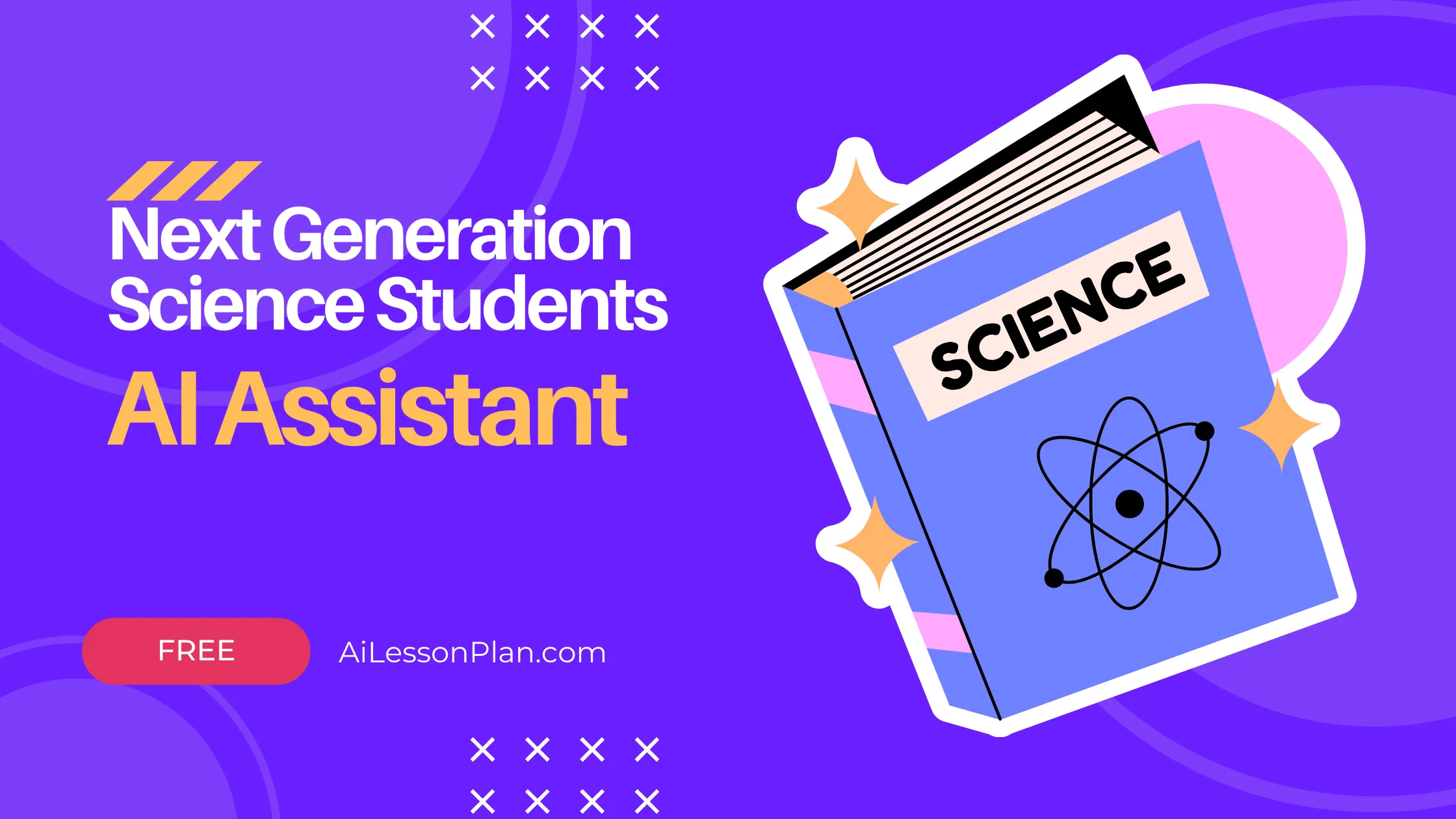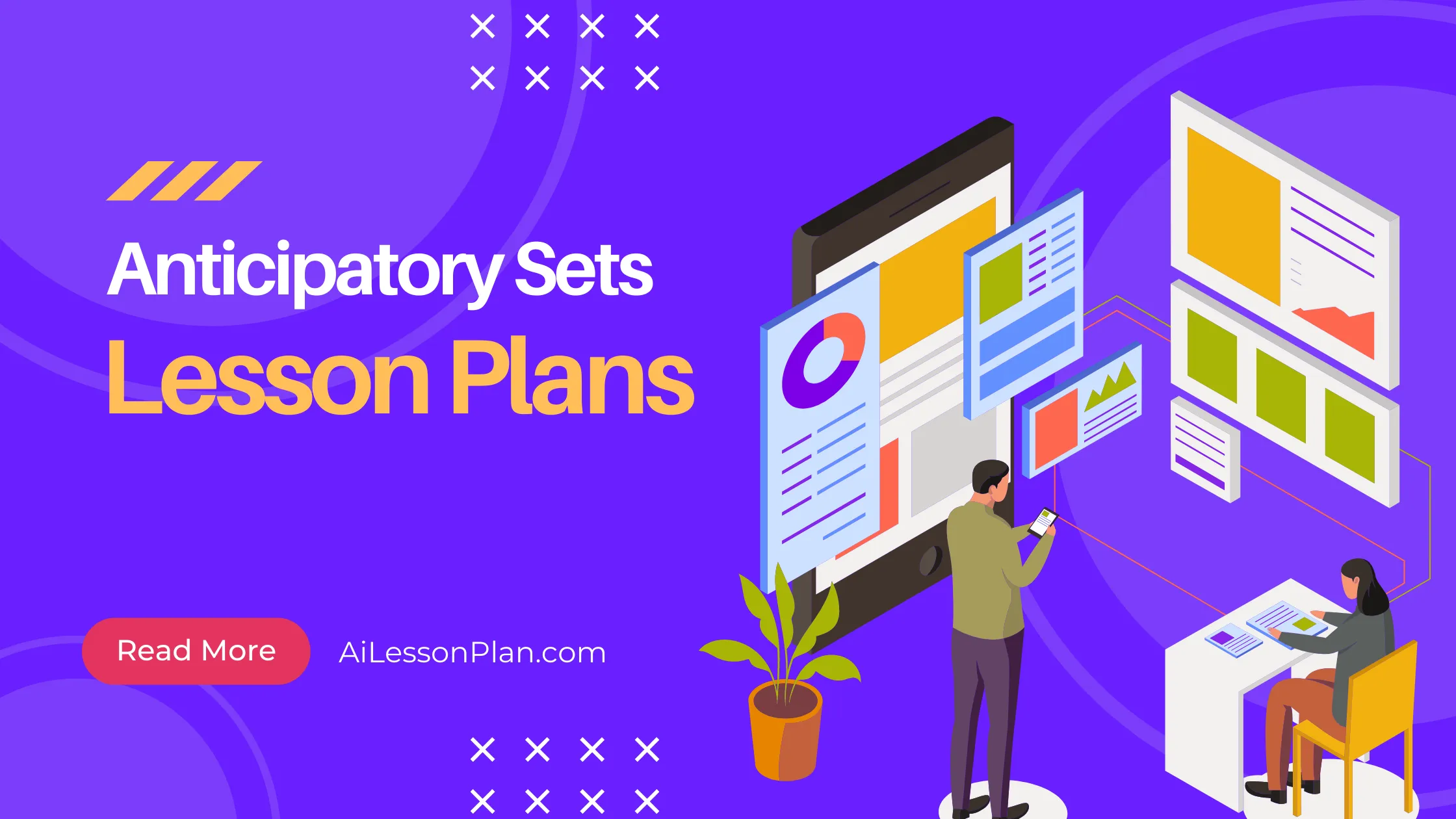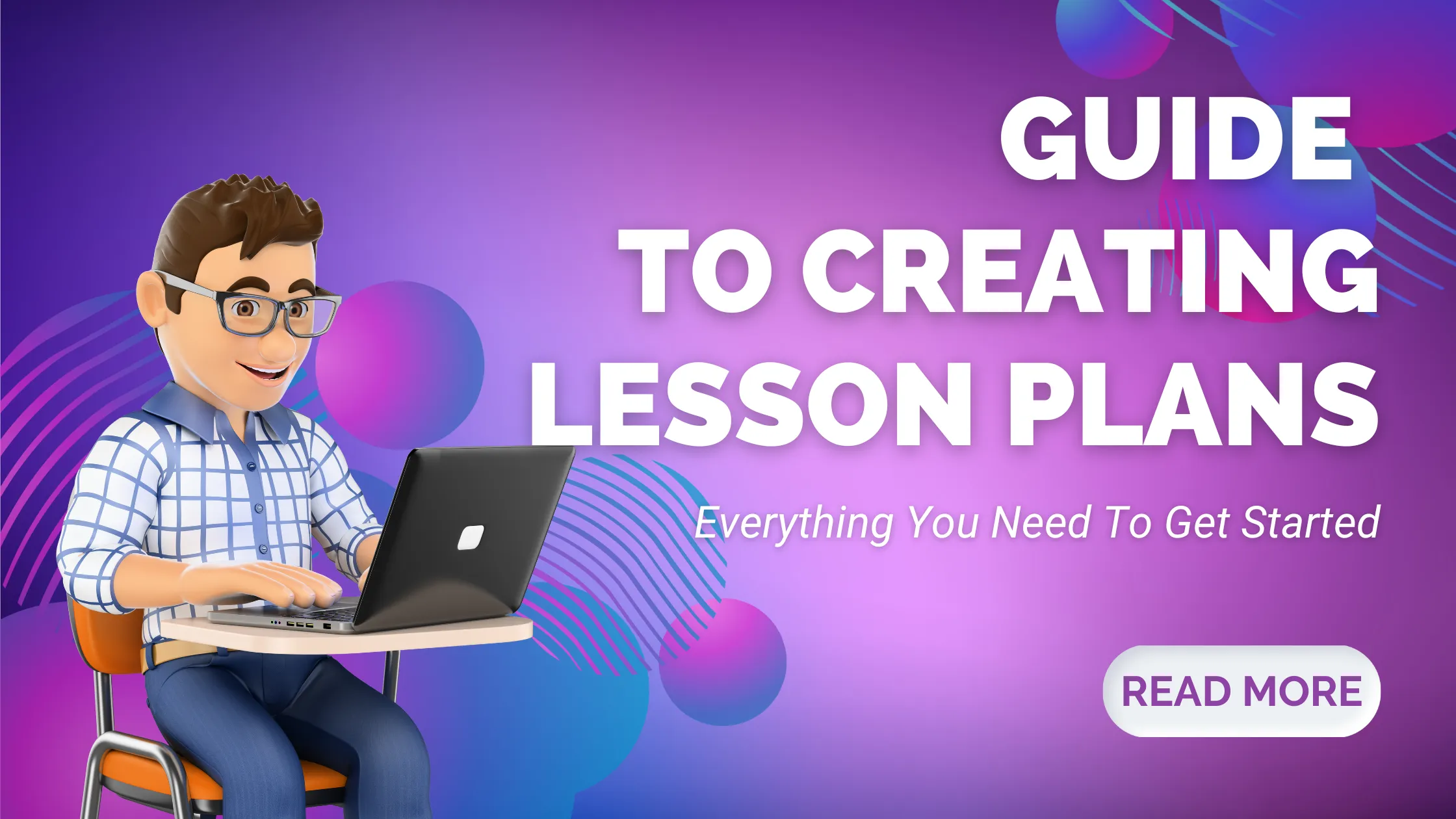A Roadmap to Success: Determining Learning Objectives
How To Determine Learning Objectives
Are you tired of designing training programs that don't seem to have a clear direction or purpose? It's time to take a step back and determine your learning objectives.
Learning objectives provide a roadmap for success by outlining what learners should know, understand, or be able to do at the end of a training program.
In this blog, we will dive deep into the world of learning objectives.
We'll discuss why they are important, how to write effective ones, and how to implement them in your training programs. Whether you're an instructional designer, trainer, or educator, this blog will equip you with the knowledge and tools to create meaningful and impactful learning experiences for your learners.
Get ready to unlock the true potential of your training programs with well-defined learning objectives.
To cutdown on your lesson planning - use our state of the art lesson plan generator, and create lessons in seconds.
Learning Objectives
In the realm of education and training, learning objectives serve as a roadmap, guiding both educators and learners toward the desired outcomes.
By stating specific knowledge or skills that students should acquire, learning objectives provide a framework for designing effective learning experiences. They help foster student engagement and facilitate learner-centered instruction. To create effective learning objectives, educators should use action verbs that are aligned with the desired outcomes.
By employing taxonomies such as Bloom's taxonomy or the revised version by Anderson and Krathwohl, educators can ensure that their learning objectives target appropriate cognitive processes and levels of complexity.
Furthermore, learning objectives should be aligned with learning activities, course design, and assessments to ensure coherence and progression in the learning experience.
By clearly communicating learning objectives to learners, educators can enhance learner understanding and facilitate active participation.
Assessing and evaluating the achievement of learning objectives allows educators to gauge student mastery, identify areas for improvement, and inform instructional decisions. By following these guidelines, educators can create clear learning outcomes that promote student learning and ensure their success.
Start With The End In Mind
By starting with the end in mind, educators can guide the development of content and assessments in instructional design. Determining the desired learning outcomes is a crucial step that sets the stage for creating clear, measurable, and achievable learning objectives.
These objectives, rooted in the cognitive domain of Bloom's Taxonomy, encompass specific statements that describe what learners should be able to do after completing a learning experience. Starting with the end in mind ensures that educators consider what knowledge, skills, or attitudes learners should acquire by the end of the learning experience.
Aligning learning objectives with the overall goals and outcomes facilitates effective course design, offering a sense of direction for both educators and learners.
To cutdown on your lesson planning - use our state of the art lesson plan generator, and create lessons in seconds.
Benefits of Learning Objectives
Learning objectives are vital in education and training as they provide a clear focus and direction for educators and learners. By guiding the development of content and assessments, they ensure effective instructional design. Starting with the end in mind, learning objectives determine the knowledge, skills, or attitudes learners should acquire.
Clear, observable, measurable, and achievable, these objectives align with the overall goals and outcomes of the learning experience. They foster engagement and motivation by setting clear expectations and goals. Furthermore, they facilitate the assessment and evaluation of learner progress and achievement, ensuring the desired learning outcomes are met.
What Is An Effective Learning Objective?
An effective learning objective is a clear and specific statement that describes what the learner will be able to do at the end of a learning activity. It should be measurable, realistic, and achievable within the given timeframe.
Additionally, it should be relevant and aligned with the overall goals of the learning program.
To cutdown on your lesson planning - use our state of the art lesson plan generator, and create lessons in seconds.
How to Write Effective Learning Objectives
When it comes to writing effective learning objectives, it is essential to keep a few key points in mind. To begin with, it is important to ensure that the learning objectives are clear and concise statements that accurately describe what learners will be capable of doing upon completing a learning experience.
These learning objectives should be specific, measurable, achievable, relevant, and time-bound (SMART). Furthermore, aligning the learning objectives with the desired outcome and overall goals of the learning program is crucial.
To enhance the effectiveness of the learning objectives, they should primarily focus on observable behaviors or actions that can be assessed or measured. Including action verbs in the process of writing the learning objectives can significantly contribute to clearly articulating what learners will be capable of doing.
Implementing Learning Objectives
When it comes to implementing learning objectives, it's crucial to align them with the overall goals and outcomes of the course or program. Ensuring this alignment allows for effective tracking and assessment of progress.
It's also important to make learning objectives measurable and observable, as this allows for clear assessment and evaluation of learner progress. By using action verbs in your objectives, you can clearly indicate the desired behavior or knowledge that learners should exhibit.
Furthermore, learning objectives can provide guidance for instructional design, assessment strategies, and the evaluation of learner progress throughout teaching and learning experiences.
Learning Outcomes at the University or Program Level
When designing a university or program level curriculum, it is essential to determine the desired learning outcomes. These outcomes serve as specific statements that describe what students should be able to do or demonstrate as a result of their learning.
They align with the overall goals and outcomes of the course or program, allowing for the design of curriculum and instructional activities that ensure alignment with these desired outcomes. Moreover, learning objectives help guide instructional design, assessment strategies, and the evaluation of learner progress. By regularly evaluating and revising these objectives, educators can ensure they remain relevant and aligned with evolving educational goals.
This process of determining the desired learning outcomes is crucial for student learning and engagement. It helps create a student-centered and effective learning experience that leads to the mastery of specific knowledge and the development of higher-order thinking skills. By establishing clear learning outcomes, educators can foster student engagement and create a supportive learning environment.
With a focus on both cognitive processes and overt behavior, the desired learning outcomes become the foundation for curriculum planning, course design, and the selection of appropriate learning activities and assessments.
By using action verbs that align with Bloom's taxonomy of educational objectives, such as analyzing, evaluating, and creating, educators can ensure that the learning objectives address a range of cognitive processes and promote deeper learning. In addition to being specific, measurable, achievable, relevant, and time-bound (SMART), learning objectives should also consider the students' prior knowledge, mastery of course content, and the application of learning to real-world situations.
By following these guidelines and aligning the learning objectives with the overall goals of the course or program, educators can create a meaningful learning experience that fosters student success.
To cutdown on your lesson planning - use our state of the art lesson plan generator, and create lessons in seconds.
Learning Outcomes at the Module, Unit, or Week Level
At the module, unit, or week level, learning outcomes play a crucial role in guiding instruction and assessing student progress. These specific statements, also referred to as learning outcome or objectives, define what students should be able to do or know by the end of a lesson, module, unit, or week.
Clear, measurable, and aligned with larger program goals, learning outcomes provide a roadmap for instruction and help shape assessments and learning activities.
They focus on the desired behavior or knowledge that students, learners, should be able to demonstrate or produce as evidence of their student learning, mastery, or competence. By incorporating learning outcomes at this level, educators, instructors, ensure that the curriculum, course design, or syllabus is designed with the intended learning goals, outcomes, or objectives in mind, promoting student-centered and engaging learning activities, experiences, or course activities.
How are Learning Outcomes Different from Learning Goals or Learning Objectives?
Learning outcomes are concrete descriptions of what learners should be capable of or exhibit after finishing a learning activity.
Learning goals, on the other hand, are more general statements outlining what learners are expected to achieve overall. Learning objectives are more specific and measurable than learning goals, focusing on the specific knowledge, skills, or attitudes that learners should acquire. While learning goals provide an overall direction, learning objectives and outcomes offer clear targets for assessment and evaluation.
Learning Goals
Learning goals are specific, measurable objectives that outline what students should be able to do or understand after completing a lesson or course. They provide a clear direction for instructional design and ensure that teaching and learning activities align with the desired outcomes.
Effective learning goals use action verbs to describe observable behaviors or outcomes and should be clear, concise, and focused on what students will be able to demonstrate or apply. By aligning learning goals with assessments, instructional strategies, and resources, educators can support student achievement and create a student-centered and engaging learning experience that promotes the acquisition of specific knowledge and skills.
Whether the learning goals focus on knowledge acquisition, skill development, or attitude and value formation, they serve as a roadmap for instruction and guide the design of course activities and assessments. It is important for educators to revise and review these learning goals regularly to ensure their continued relevance and alignment with the overall objectives of the course or program.
Learning Objectives
When designing a learning experience, it is essential to start with the end in mind. Begin by determining the desired learning outcomes, which will act as clear targets for assessing student learning. Effective learning objectives provide specific and measurable statements that outline the knowledge, skills, or attitudes learners should acquire.
By carefully aligning these objectives with assessments, instructional strategies, course activities, and resources, educators can ensure that teaching and learning experiences are focused on helping students achieve these outcomes. Remember, the goal is to create student-centered and engaging learning experiences that lead to the mastery of specific knowledge and the development of higher-order thinking skills.
Examples
Well-crafted examples of learning objectives demonstrate their effectiveness in guiding instructional design and assessment. For instance, following the completion of a training program, participants can display their effective communication skills in a professional setting. Similarly, in a course focused on communication, participants can identify and explain key principles of effective communication. In a workshop centered on data analysis, participants can apply Excel functions to analyze and interpret data. Moreover, in a training program emphasizing safety procedures, employees can demonstrate their proficiency in handling hazardous materials. These examples showcase how learning objectives, when clear, concise, and measurable, facilitate the alignment of teaching strategies, activities, and assessments with desired outcomes.
Frequently Asked Questions
What are learning objectives and why are they important in the education process?
Learning objectives are crucial in education as they outline what students should be able to do or know after completing a learning activity or course. They provide direction and focus for teachers and students, guide instructional design and assessment strategies, and enable educators to assess the effectiveness of their teaching.
How can I assess whether or not my students have achieved the learning objectives?
To assess student achievement of learning objectives, use formative assessments like quizzes, group activities, and class discussions to track their understanding during the learning process. For overall mastery, implement summative assessments such as exams or final projects. Use rubrics or scoring guides to set clear expectations and criteria. Provide timely feedback that aligns with objectives, highlighting strengths and areas for improvement.
Conclusion
In conclusion, learning objectives serve as a roadmap to success in any educational setting. They provide clear direction and purpose for both educators and learners, ensuring that the desired outcomes are achieved. By starting with the end in mind and understanding the benefits of learning objectives, you can effectively write and implement them at various levels of education. Remember that learning outcomes, goals, and objectives are all interconnected but have distinct differences. To dive deeper into this topic and explore examples of effective learning objectives, check out our comprehensive guide. Start your journey towards educational success today!








